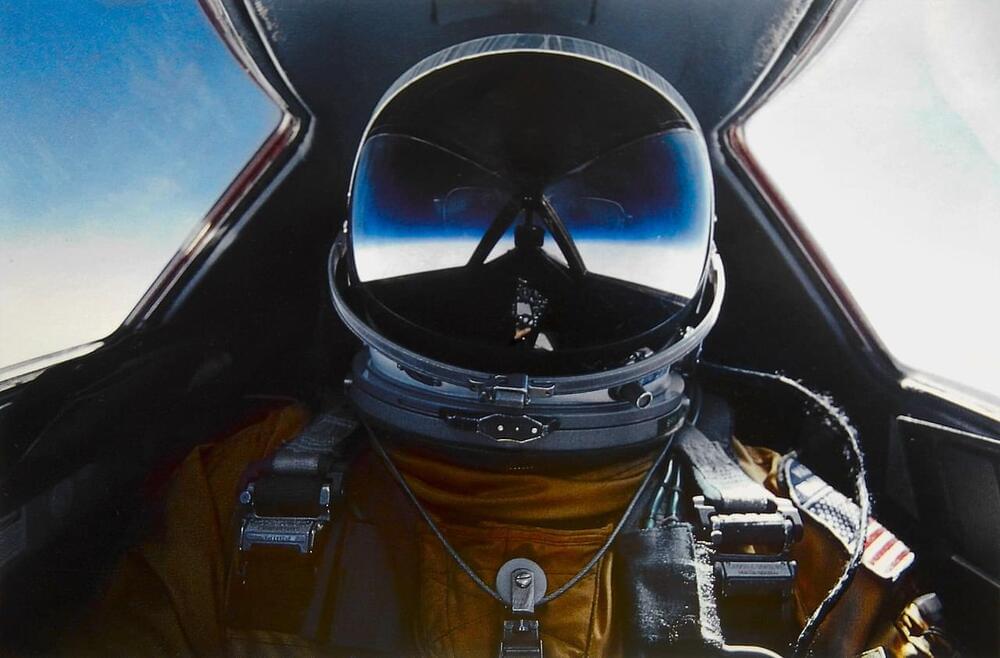During the Cold War, there was a need for a new reconnaissance aircraft that could evade enemy radar, and the customer needed it fast. At Lockheed Martin’s advanced development group, the Skunk Works, work had already begun on an innovative aircraft to improve intelligence-gathering, one that would fly faster than any aircraft before or since, at greater altitude, and with a minimal radar cross section. The team rose to the nearly impossible challenge, and the aircraft took its first flight on Dec. 22, 1964. The legendary SR-71 Blackbird was born.
The first Blackbird accident that occurred that required the Pilot and the RSO to eject happened before the SR-71 was turned over to the Air Force. On Jan. 25, 1966 Lockheed test pilots Bill Weaver and Jim Zwayer were flying SR-71 Blackbird #952 at Mach 3.2, at 78,800 feet when a serious engine unstart and the subsequent “instantaneous loss of engine thrust” occurred.
The following story told by Weaver (available in Col. Richard H. Graham’s book SR-71 The Complete Illustrated History of THE BLACKBIRD The World’s Highest 0, Fastest Plane) is priceless in conveying the experience of departing a Blackbird at an altitude of fifteen miles and speed of Mach 3.2.
